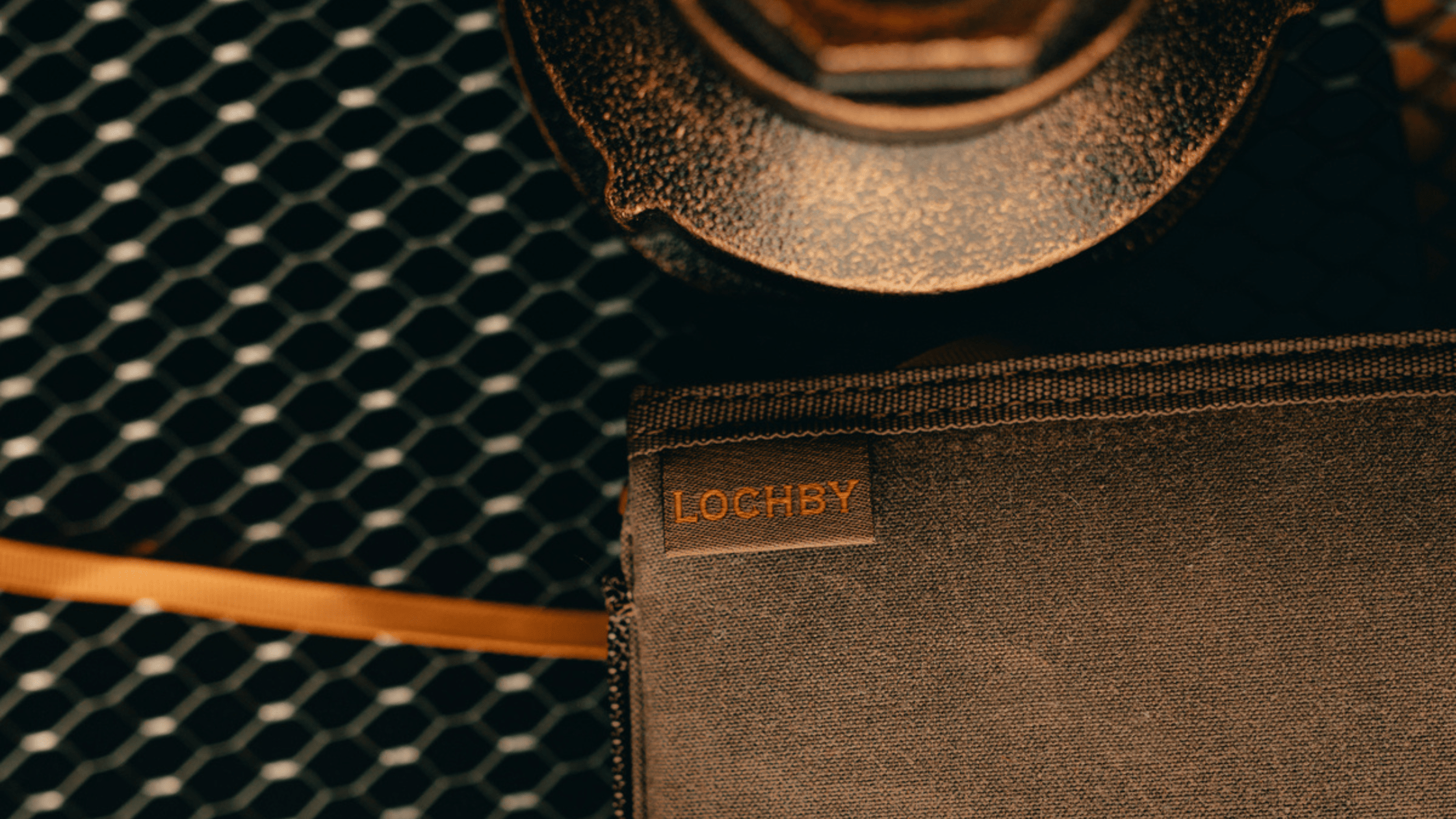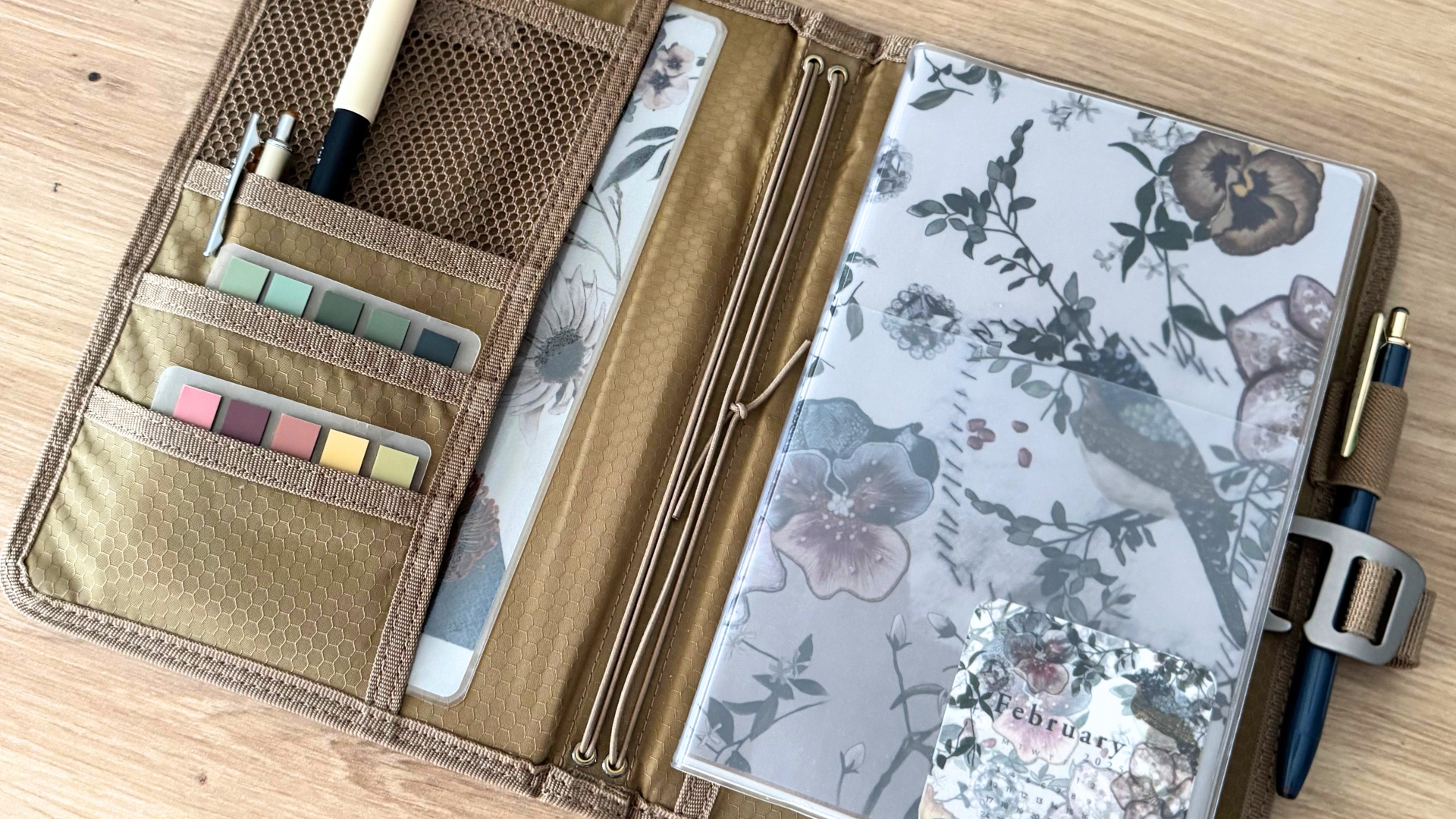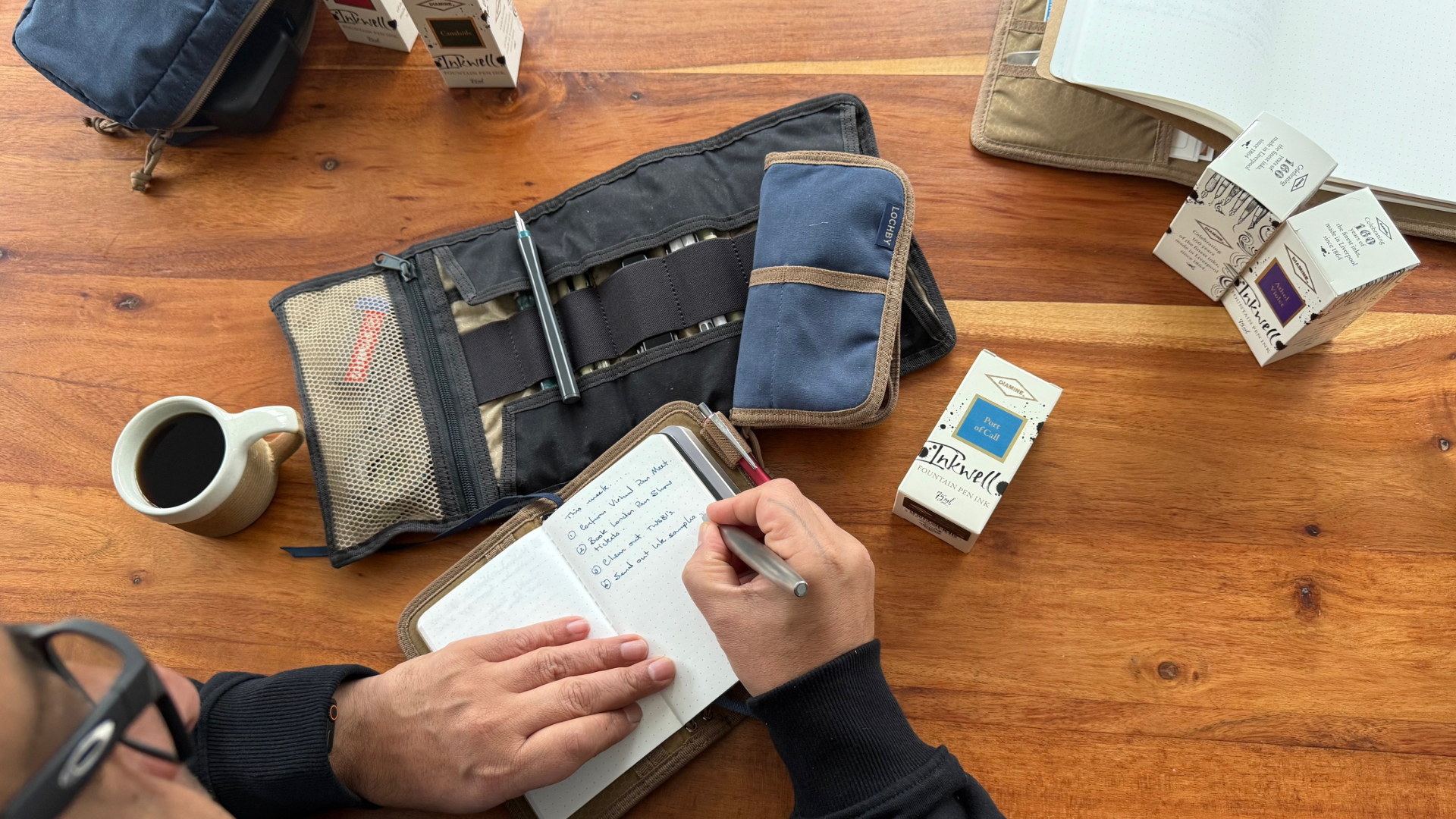With so many changes and technological advancements over the years, a lot of which have greatly improved our way of life and still continue to do so, let’s admit it: our to-do’s seem never ending now. We have access to so much in the form of information and free resources thanks to 24/7 connectivity that it’s become impossible not to achieve our goals.
With more time in our hands, we also want to do more and nothing proves this as much as the concept of multitasking.
It’s often highlighted and hailed as some kind of indispensable skill but it’s not real. This “pursuit” of juggling multiple tasks simultaneously isn’t as beneficial as it appears and in today’s blog post, we want to emphasize the better alternative—that is, single tasking!
By shedding light on the merits of single tasking and the pitfalls of multitasking, we want to understand the impact of focusing on just one task at a time has on productivity. This will help us make better choices on how to work so we can build habits that will make us more effective and efficient because isn’t that the goal? Let’s start!
1. The Myth of Multitasking
Multitasking is often considered a mark of efficiency but the reality is that it’s quite the opposite. The human brain isn’t wired to perform multiple tasks at once, not effectively. In fact, studies show that attempting to do it anyway can lead to significant decrease in overall productivity instead—the opposite of what people are trying to achieve when they multitask at all.
This is because the brain faces challenges in shifting attention rapidly between tasks which results in errors, decreased cognitive performance, and increased stress levels. What should have been a time saver ends up costing you more hours to correct and redo.
2. The “Cognitive Cost” of Switching
Every time we switch between tasks, there is a cognitive cost involved. It refers to the time and mental energy that we need to refocus on a new activity. Constantly switching between tasks not only slows down the completion of each one; it also diminishes the quality of the work we produce.
Single tasking, on the other hand, allows us to channel our focus and energy into one task. There’s no wasted effort in refocusing again and again as we jump from one task to another. We’re also to keep our momentum and flow. This yields higher-quality end results which is what we want.
Flow is important when doing just about anything! It helps us finish tasks. Here are just some ways to stay in the productive flow so you don’t get stuck while working on something!
3. Single Tasking and Deep Work
Single tasking creates an environment that’s conducive to deep work: a state of focused concentration where we can produce our best and most meaningful work. When we immerse ourselves in just one task, without distractions, we can tap into our creative potential and make use of our problem solving abilities to the fullest. This then leads to us achieving a state of flow where we lose ourselves in our process, what we’re doing, until we complete it.
By maintaining a state that encourages deep work, we’re more likely to achieve an impactful outcome, if not exactly as we envisioned, even more than that. This is impossible when our attention is divided and that’s what happens when we multitask: our brain is always trying to juggle multiple things as best it can even though it isn’t equipped to do so.
4. The Productivity Paradox
Paradoxically, the quest for increased productivity through multitasking often leads to a decrease in overall efficiency. There’s an illusion of progress but at the cost of quality—we’re more likely to make mistakes and this leads to spending more time correcting what we thought was already done. So are we really ticking off tasks from our to-do list? Yes but, also, not really: instead, we’re just re-adding something back to our stockpile of tasks.
By single tasking, we’re able to focus on just one task alone, completing it with accuracy, and once we’re in the state of deep work, flow, then we can even finish them in less time! So we have more space in our day for other tasks and the overall result is higher productivity with a quality that is acceptable.
5. Building Single Tasking Habits
Adopting single tasking as a habit will require a deliberate and mindful approach but it doesn’t need to be complicated! In fact, it starts with the simplest one and is something we constantly mention across all our blog posts where relevant:
Start by prioritizing tasks: break them into smaller manageable chunks, and dedicate focused time to each of them. A technique you can try, if you’re unsure how to do it, is the Pomodoro Technique—we tried it ourselves and you can read our insights about it here!
Another thing to consider is time blocking: allot a set amount of time per task and do as much as you can within that time frame.
Over time, these habits will reshape the way you approach work with a focus on single tasking, leading to increased productivity and a better sense of accomplishment.
Conclusion
In a world that glorifies being busy, it’s essential to recognize the limitations of multitasking and appreciate the power of single tasking! By embracing the simplicity of focusing on one task at a time, we can enhance our productivity and creativity. The journey toward single tasking may require conscious effort but the rewards in terms of quality work and reduced stress are so worth it!
In what ways do you single task instead? Let us know in the comments—we’d love to hear your experience!





Share:
5 Habits To Cultivate This 2024!
5 Tips To Get The Most Out Of Your Journaling Experience